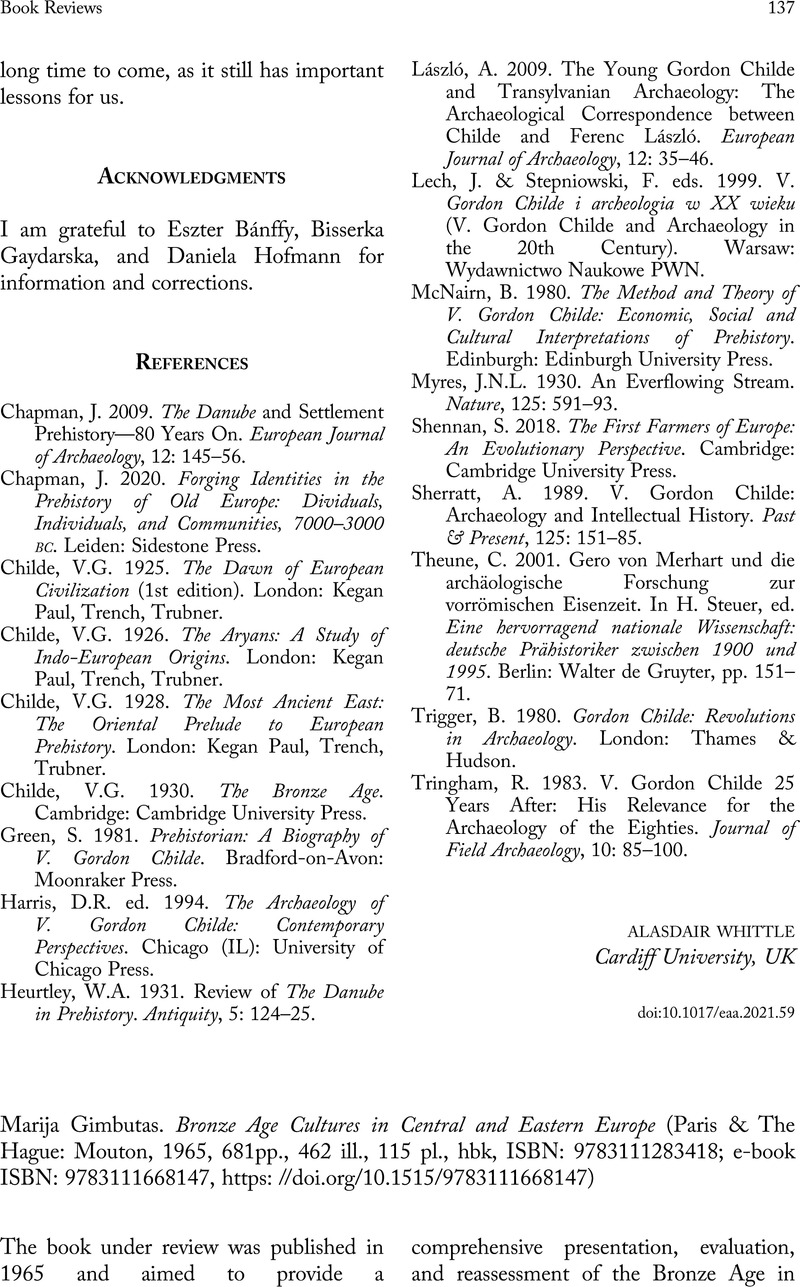Kashuba, M.T.,
Reinhold, S. &
Piotrovskij, Y. eds.
2020.
Der Kaukasus zwischen Osteuropa und Vorderem Orient in der Bronze- und Eisenzeit: Dialog der Kulturen, Kultur des Dialoges / Kavkaz mezhdu Vostochnoj Evropoj i Perednim Vostokom v bronzovom i zheleznom veke: Dialog kul'tur, kul'tura dialoga (Internationale Fachtagung für die Archäologie des Kaukasus und Humboldt-Kolleg 5.–8. Oktober 2015, Sankt Petersburg).
Berlin:
Reimer.
Google Scholar 